
Dermocosmetics Market Demand, Growth and Future Scope 2034
Dermocosmetics Market Size - By Product, By Distribution Channel, By End Use - Regional Outlook, Competitive Strategies and Segment Forecast to 2034
| Published: Aug-2025 | Report ID: HLCA25265 | Pages: 1 - 247 | Formats*: |
| Category : Healthcare | |||

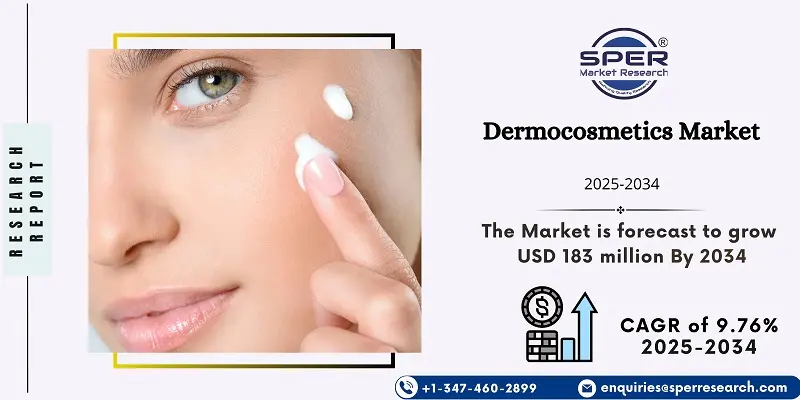
- In January 2024, In order to provide immediate, data-driven product suggestions, L'Oréal installed AI-powered skin analysis kiosks in pharmacies around the United States, Europe, and China.
- In February 2024, Large hospital systems adopted dermocosmetics when it was demonstrated that incorporating it into clinical treatment regimens improved patient outcomes by about 45%.
| Report Metric | Details |
| Market size available for years | 2021-2034 |
| Base year considered | 2024 |
| Forecast period | 2025-2034 |
| Segments covered | By Product, By Distribution Channel, By End Use |
| Regions covered | North America, Latin America, Asia-Pacific, Europe, and Middle East & Africa |
| Companies Covered | Amorepacific, Avon Products, Inc., Beiersdorf Aktiengesellschaft, Himalaya Global Holdings Ltd., Johnson & Johnson, Kanebo Cosmetics Inc., L’Oréal Groupe, Lotus Herbals Pvt. Ltd., Unilever PLC, VLCC Health Care Limited |
- Global Dermocosmetics Market Size (FY’2021-FY’2034)
- Overview of Global Dermocosmetics Market
- Segmentation of Global Dermocosmetics Market By Product (Skin care, Hair care)
- Segmentation of Global Dermocosmetics Market By Distribution Channel (Supermarket and hypermarket, Pharmacies and drug stores, Online e-commerce channels, Other distribution channels)
- Segmentation of Global Dermocosmetics Market By End Use (Hospitals, Specialty clinics, Medical spas, Other end use)
- Statistical Snap of Global Dermocosmetics Market
- Expansion Analysis of Global Dermocosmetics Market
- Problems and Obstacles in Global Dermocosmetics Market
- Competitive Landscape in the Global Dermocosmetics Market
- Details on Current Investment in Global Dermocosmetics Market
- Competitive Analysis of Global Dermocosmetics Market
- Prominent Players in the Global Dermocosmetics Market
- SWOT Analysis of Global Dermocosmetics Market
- Global Dermocosmetics Market Future Outlook and Projections (FY’2025-FY’2034)
- Recommendations from Analyst
- 1.1. Scope of the report
- 1.2. Market segment analysis
- 2.1. Research data source
- 2.1.1. Secondary Data
- 2.1.2. Primary Data
- 2.1.3. SPERs internal database
- 2.1.4. Premium insight from KOLs
- 2.2. Market size estimation
- 2.2.1. Top-down and Bottom-up approach
- 2.3. Data triangulation
- 4.1. Driver, Restraint, Opportunity and Challenges analysis
- 4.1.1. Drivers
- 4.1.2. Restraints
- 4.1.3. Opportunities
- 4.1.4. Challenges
- 5.1. SWOT Analysis
- 5.1.1. Strengths
- 5.1.2. Weaknesses
- 5.1.3. Opportunities
- 5.1.4. Threats
- 5.2. PESTEL Analysis
- 5.2.1. Political Landscape
- 5.2.2. Economic Landscape
- 5.2.3. Social Landscape
- 5.2.4. Technological Landscape
- 5.2.5. Environmental Landscape
- 5.2.6. Legal Landscape
- 5.3. PORTERs Five Forces
- 5.3.1. Bargaining power of suppliers
- 5.3.2. Bargaining power of buyers
- 5.3.3. Threat of Substitute
- 5.3.4. Threat of new entrant
- 5.3.5. Competitive rivalry
- 5.4. Heat Map Analysis
- 6.1. Global Dermocosmetics Market Manufacturing Base Distribution, Sales Area, Product Type
- 6.2. Mergers & Acquisitions, Partnerships, Product Launch, and Collaboration in Global Dermocosmetics Market
- 7.1. Skin care
- 7.2. Hair care
- 8.1. Supermarket and hypermarket
- 8.2. Pharmacies and drug stores
- 8.3. Online e-commerce channels
- 8.4. Other distribution channels
- 9.1. Hospitals
- 9.2. Specialty clinics
- 9.3. Medical spas
- 9.4. Other end use
- 10.1. Global Dermocosmetics Market Size and Market Share
- 11.1. Asia-Pacific
- 11.1.1. Australia
- 11.1.2. China
- 11.1.3. India
- 11.1.4. Japan
- 11.1.5. South Korea
- 11.1.6. Rest of Asia-Pacific
- 11.2. Europe
- 11.2.1. France
- 11.2.2. Germany
- 11.2.3. Italy
- 11.2.4. Spain
- 11.2.5. United Kingdom
- 11.2.6. Rest of Europe
- 11.3. Middle East and Africa
- 11.3.1. Kingdom of Saudi Arabia
- 11.3.2. United Arab Emirates
- 11.3.3. Qatar
- 11.3.4. South Africa
- 11.3.5. Egypt
- 11.3.6. Morocco
- 11.3.7. Nigeria
- 11.3.8. Rest of Middle-East and Africa
- 11.4. North America
- 11.4.1. Canada
- 11.4.2. Mexico
- 11.4.3. United States
- 11.5. Latin America
- 11.5.1. Argentina
- 11.5.2. Brazil
- 11.5.3. Rest of Latin America
- 12.1. Amorepacific
- 12.1.1. Company details
- 12.1.2. Financial outlook
- 12.1.3. Product summary
- 12.1.4. Recent developments
- 12.2. Avon Products, Inc.
- 12.2.1. Company details
- 12.2.2. Financial outlook
- 12.2.3. Product summary
- 12.2.4. Recent developments
- 12.3. Beiersdorf Aktiengesellschaft
- 12.3.1. Company details
- 12.3.2. Financial outlook
- 12.3.3. Product summary
- 12.3.4. Recent developments
- 12.4. Himalaya Global Holdings Ltd.
- 12.4.1. Company details
- 12.4.2. Financial outlook
- 12.4.3. Product summary
- 12.4.4. Recent developments
- 12.5. Johnson & Johnson
- 12.5.1. Company details
- 12.5.2. Financial outlook
- 12.5.3. Product summary
- 12.5.4. Recent developments
- 12.6. Kanebo Cosmetics Inc.
- 12.6.1. Company details
- 12.6.2. Financial outlook
- 12.6.3. Product summary
- 12.6.4. Recent developments
- 12.7. L'Oreal Groupe
- 12.7.1. Company details
- 12.7.2. Financial outlook
- 12.7.3. Product summary
- 12.7.4. Recent developments
- 12.8. Lotus Herbals Pvt. Ltd.
- 12.8.1. Company details
- 12.8.2. Financial outlook
- 12.8.3. Product summary
- 12.8.4. Recent developments
- 12.9. Unilever PLC
- 12.9.1. Company details
- 12.9.2. Financial outlook
- 12.9.3. Product summary
- 12.9.4. Recent developments
- 12.10. VLCC Health Care Limited
- 12.10.1. Company details
- 12.10.2. Financial outlook
- 12.10.3. Product summary
- 12.10.4. Recent developments
- 12.11. Others
SPER Market Research’s methodology uses great emphasis on primary research to ensure that the market intelligence insights are up to date, reliable and accurate. Primary interviews are done with players involved in each phase of a supply chain to analyze the market forecasting. The secondary research method is used to help you fully understand how the future markets and the spending patterns look likes.
The report is based on in-depth qualitative and quantitative analysis of the Product Market. The quantitative analysis involves the application of various projection and sampling techniques. The qualitative analysis involves primary interviews, surveys, and vendor briefings. The data gathered as a result of these processes are validated through experts opinion. Our research methodology entails an ideal mixture of primary and secondary initiatives.
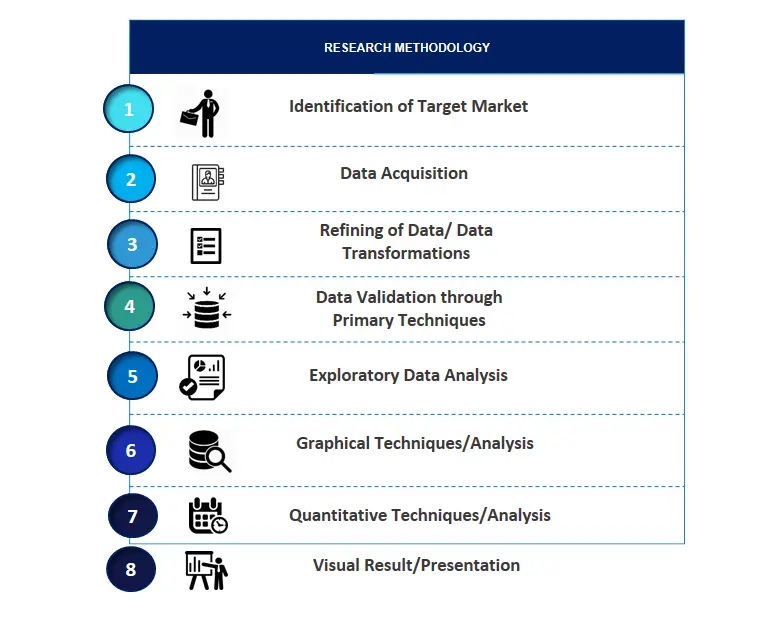
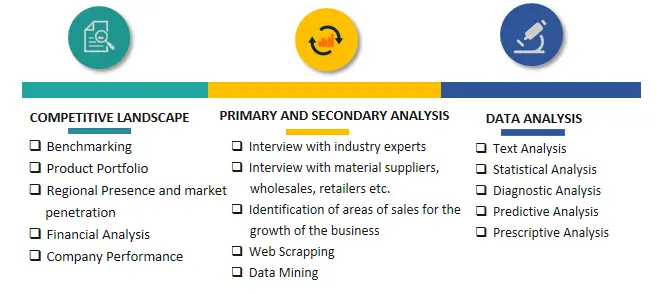

Frequently Asked Questions About This Report
PLACE AN ORDER
Year End Discount
Sample Report
Pre-Purchase Inquiry
NEED CUSTOMIZATION?
Request CustomizationCALL OR EMAIL US
100% Secure Payment
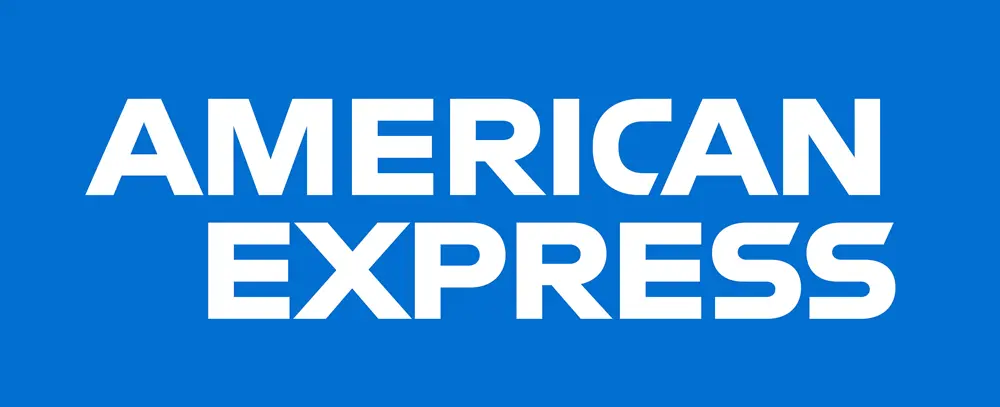
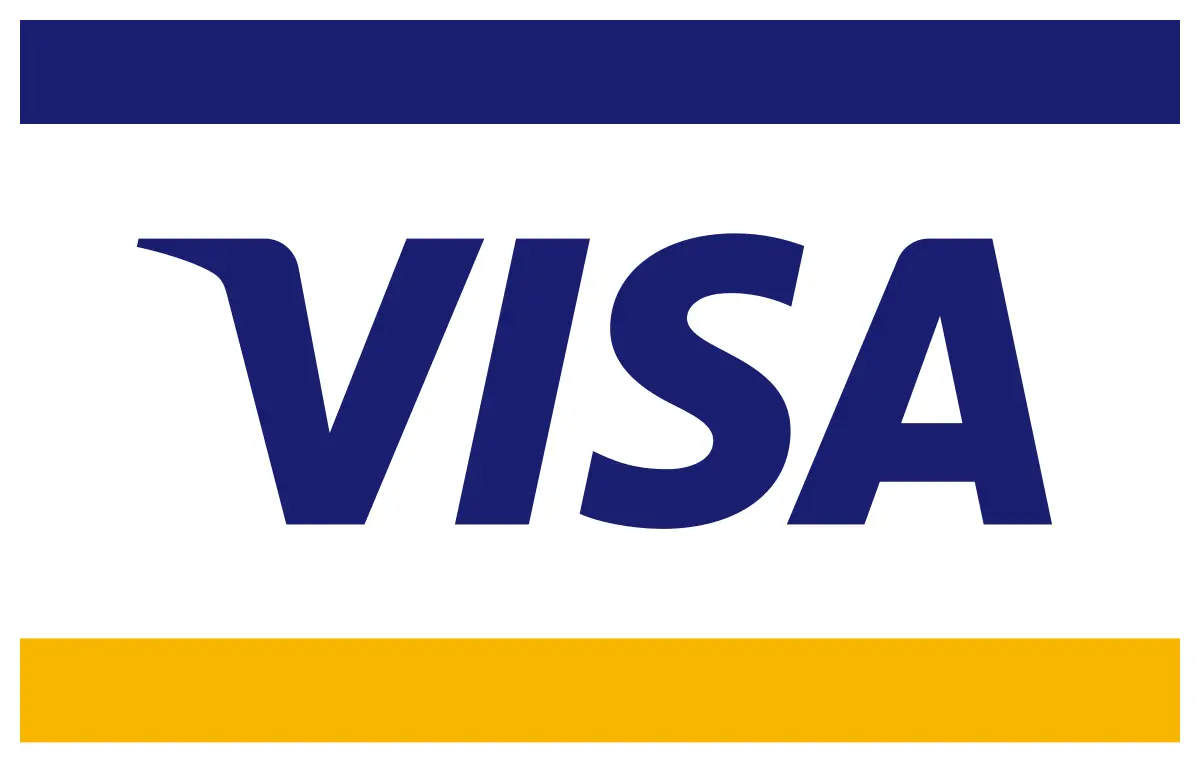
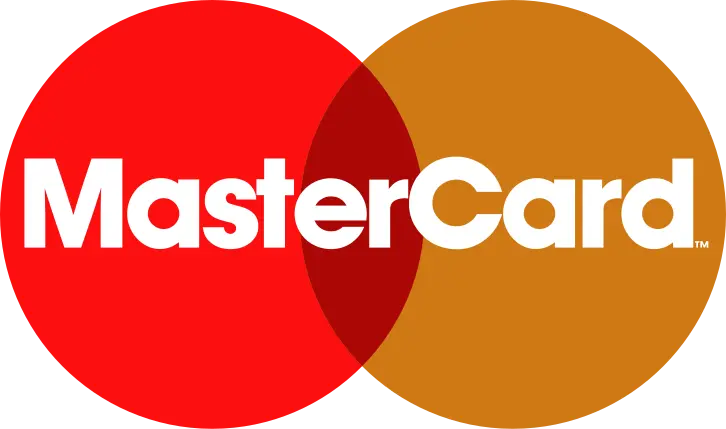
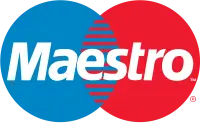


Related Reports
Our Global Clients
Our data-driven insights have influenced the strategy of 200+ reputed companies across the globe.






















